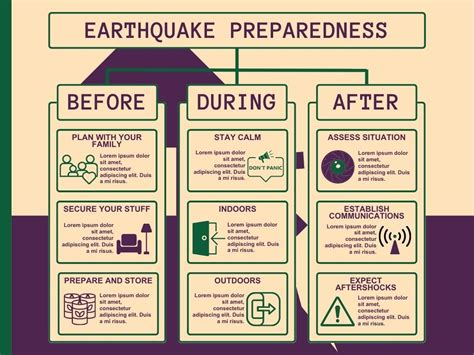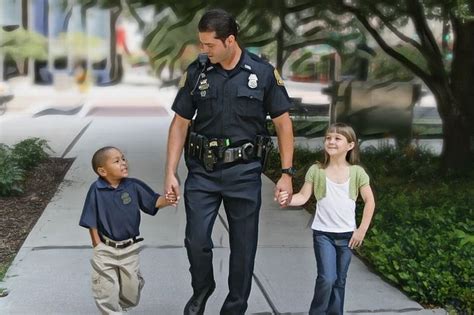The city of Santa Barbara, nestled between the Santa Ynez Mountains and the Pacific Ocean, is a beautiful coastal town in California known for its stunning beaches, pleasant climate, and rich history. However, like many other regions in California, Santa Barbara is situated in a seismically active area, making it prone to earthquakes. The question on everyone’s mind is: when will Santa Barbara have its next big quake?
Understanding the seismic landscape of Santa Barbara requires a look into its geological past. The region is crossed by several significant fault lines, including the Santa Ynez Fault and the San Andreas Fault, which runs for more than 800 miles through California. These faults are responsible for the earthquakes that have shaped the region’s landscape over millions of years.
Historically, Santa Barbara has experienced several significant earthquakes. One of the most notable was the 1925 Santa Barbara earthquake, which had a magnitude of 6.8. This earthquake caused widespread destruction, including the collapse of buildings, and resulted in 13 deaths. More recently, in 2014, a magnitude 4.0 earthquake struck, reminding residents of the ever-present seismic risk.
Predicting earthquakes is a complex task that has puzzled scientists for decades. While advancements in seismology have improved our understanding of the processes that lead to earthquakes, pinpointing the exact time and location of future quakes remains challenging. Scientists can identify areas of increased seismic activity and assess the likelihood of an earthquake occurring within a given timeframe, but the precision needed to predict the next big quake in Santa Barbara or any other specific location is currently beyond our technological capabilities.
Given the unpredictability of earthquakes, preparation is key to minimizing damage and ensuring safety. Here are several tips to help residents and visitors prepare for the next big quake:
Create an Emergency Plan: Develop a family emergency plan that includes a communication strategy, evacuation routes, and a meeting point. Practice the plan with all household members to ensure everyone knows what to do during an earthquake.
Secure Your Home: Take steps to earthquake-proof your home. This includes securing heavy objects and furniture to walls, storing heavy and flammable materials in closed cabinets, and considering seismic retrofitting for older homes.
Stock an Emergency Kit: Prepare an earthquake emergency kit with essentials such as water (at least one gallon per person per day), non-perishable food, first aid supplies, a battery-powered radio, and a whistle to signal for help if needed.
Stay Informed: Stay updated on the latest earthquake information and emergency instructions. Consider downloading earthquake alert apps that can provide seconds to minutes of warning before shaking begins.
Participate in Drills: Participate in earthquake drills, such as the Great California ShakeOut, to practice earthquake safety skills and to identify potential issues in your emergency plan.
Financial Preparation: Consider earthquake insurance and have a plan for financial recovery after a disaster. Many homeowners’ insurance policies do not cover earthquake damage.
In conclusion, while we cannot predict with certainty when the next big quake will hit Santa Barbara, understanding the region’s seismic history and being prepared are crucial steps in mitigating the impact of such an event. By staying informed, taking proactive steps to secure homes and families, and participating in earthquake drills, residents and visitors can contribute to a safer and more resilient community.
Comparative Analysis of Earthquake Preparedness Measures
| Measure | Description | Effectiveness |
|---|---|---|
| Emergency Plan | A plan outlining what to do during an earthquake | High |
| Home Securing | Securing furniture and objects to prevent injury | Medium to High |
| Emergency Kit | A kit containing essential supplies | High |
| Staying Informed | Keeping updated on earthquake information | Medium |
| Earthquake Drills | Practicing earthquake response | High |

What should I do immediately after an earthquake?
+After an earthquake, check for injuries and provide assistance if needed. Then, exit the building and move to an open area away from power lines, trees, and anything that could fall. Once safe, try to contact family members and let them know you are okay. Avoid using the phone for non-emergency calls to keep lines open for those who need them.
How often should I update my emergency kit?
+It's recommended to review and update your emergency kit at least twice a year, typically during spring and fall. This ensures that all supplies are still usable and not expired, and that the kit still meets the needs of all household members.
In the face of seismic uncertainty, preparedness and community resilience are the best defenses against the potential devastation of an earthquake. By understanding the risks, taking proactive measures, and staying informed, the community of Santa Barbara can work together to mitigate the impact of the next big quake, whenever it may come.



